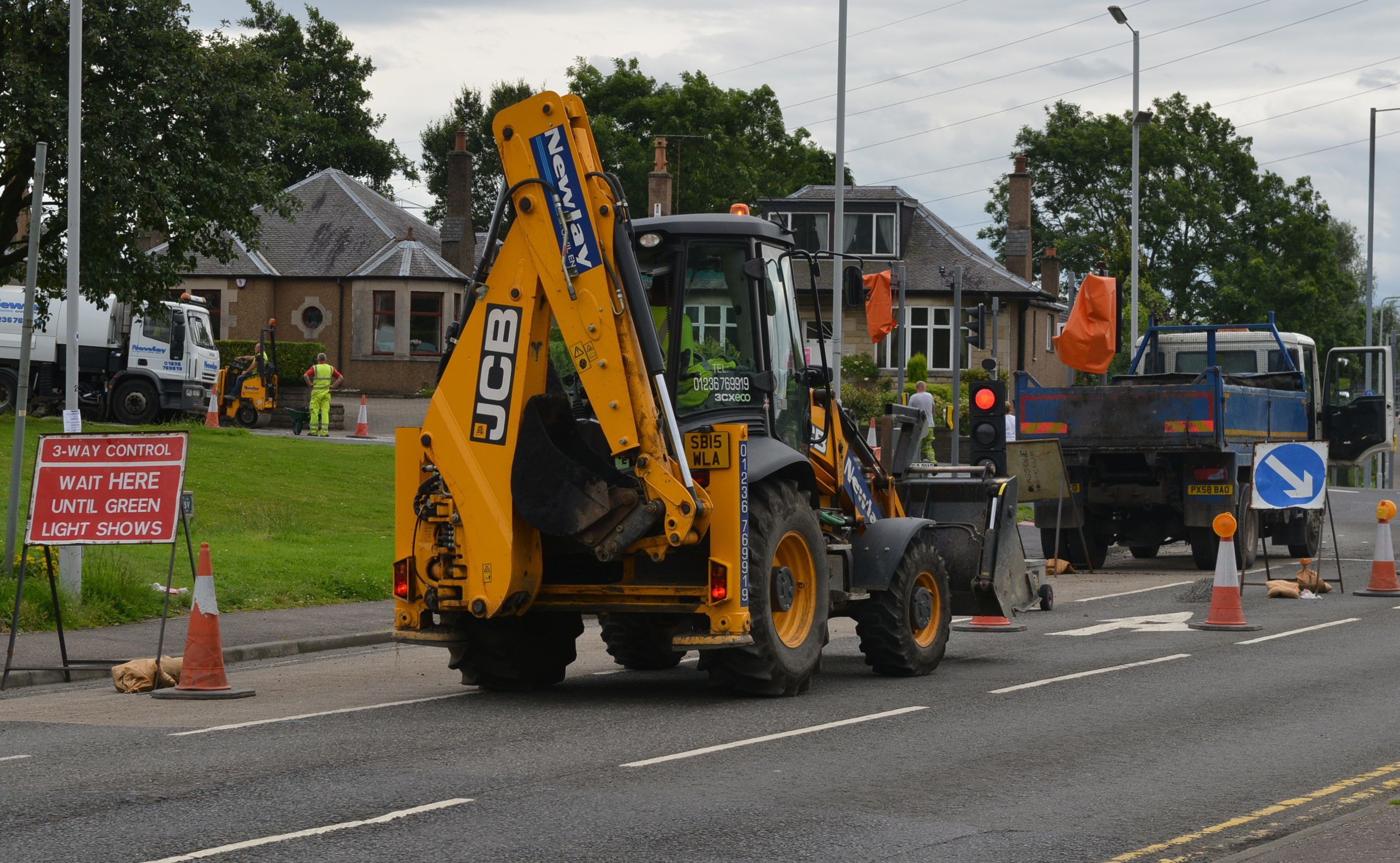A stark warning about the future state of Fife’s roads has been issued ahead of a planned £6.8 million cut to roads maintenance by 2018/19.
The region was singled out for increasing the amount of cash spent on the road network last week in an Audit Scotland report which painted an otherwise gloomy picture nationally when it comes to keeping road surfaces up to scratch.
Despite that, councillors on environment, finance and communities scrutiny committee learned yesterday that the future for Fife is not so rosy – with the Kingdom’s staggering £95.6 million maintenance backlog set to climb over the coming years because of cutbacks.
A report by Ken Gourlay, head of assets, transportation and environment, revealed that there will be a lower than average annual investment in planned carriageway maintenance than has been the case over the last five years.
Figures highlighted suggest £9.8 million will be spent on planned maintenance in 2016/17, down from £10.7 million this year, and this will fall to £5.8 million in 2017/18 and as low as £3.9 million in 2018/19.
“As a consequence, the road network condition is likely to deteriorate in the medium to long term,” Mr Gourlay noted.
The report will make for disappointing reading after recent road condition indicators (RCIs) suggested there had been an improvement in the condition of all road classes and the overall road network in Fife.
Improvements were highlighted in A, B and C class roads and unclassified roads from the period 2014 to 2016 compared with 2013 to 2015, leading to a 1.2% rise in the number of acceptable roads measured.
Fife’s position was also better in relation to Scotland as a whole, with those efforts bringing Fife’s estimated maintenance backlog down from £96.6 million in 2013 to £95.6 million last year.
“Given the improvement in RCI across all road classes it would be expected that the current backlog in Fife would be lower than estimated in 2015,” Mr Gourlay went on.
But he added: “However, the anticipated deterioration in road condition in the medium to long term is likely to result in an increase in the backlog.”
Mr Gourlay’s report added that a road maintenance strategy will be developed to “target the available resources to best effect over the coming years” in a bid to minimise the anticipated deterioration in road condition.










